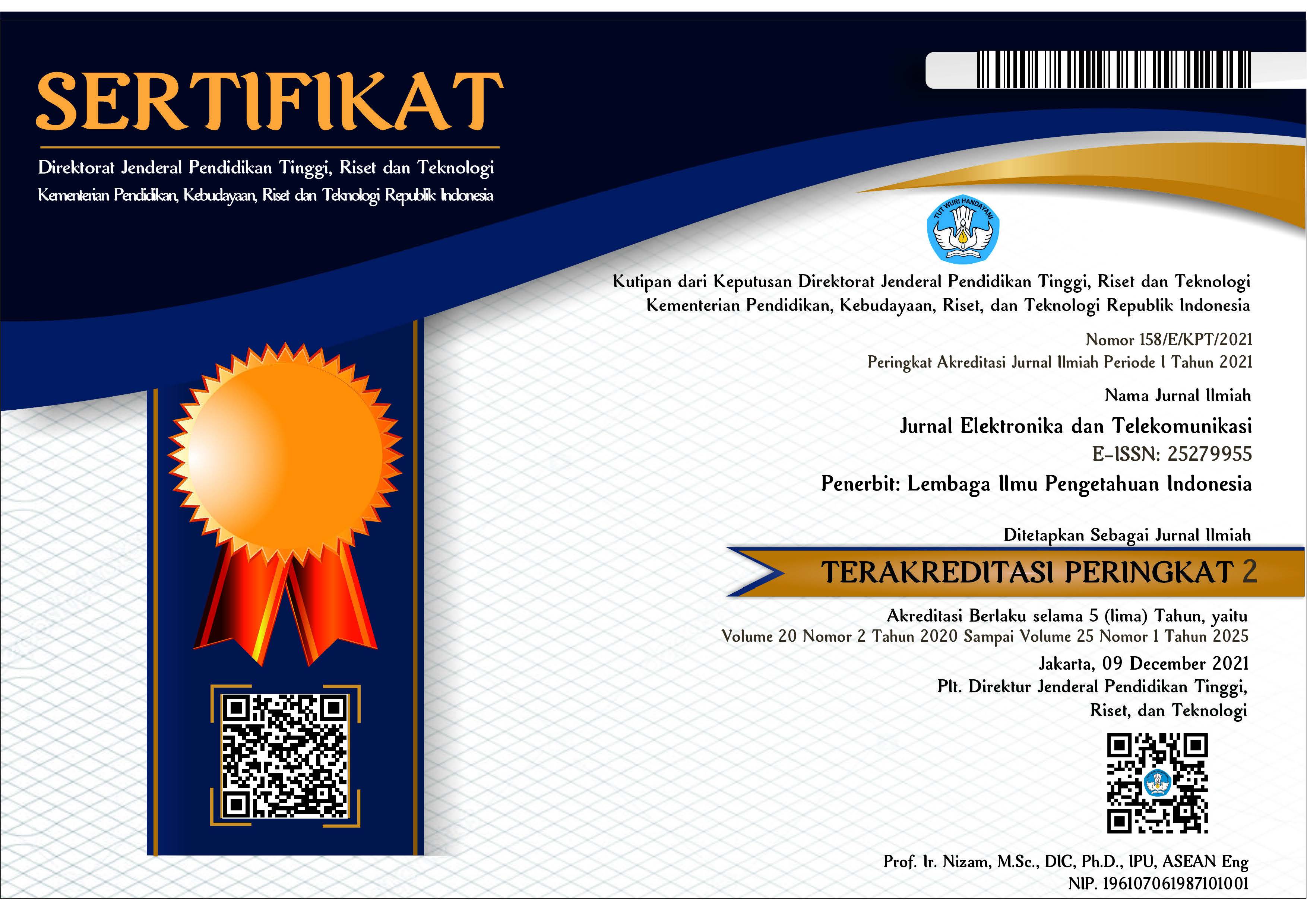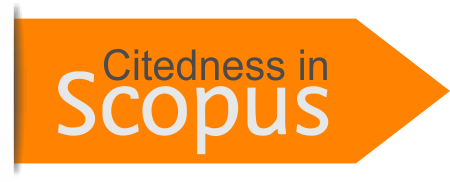On the Impact of the Number of Tiles and Partitioning of RISs on the Maximum Achievable Intensity
Abstract
Reconfigurable intelligent surface (RIS) is a key technology to enable the concept of smart radio environment (SRE) which is envisioned to meet the ever-increasing demands of connectivity in the upcoming decade. However, most existing works consider a RIS that is seen as a whole surface. In this paper, we study the performance of a RIS that consists of multiple tiles, each of which is capable of performing certain wave manipulation, by deriving the physics-compliant analytical formulation of the received signal at the receiver. We also introduce the numerical approximation of the signal for different operating regimes and different functionalities. Based on the obtained result, we study the impact of the number of fixed-sized tiles and partitioning of a fixed-sized RIS on the maximum achievable intensity. The validity of our findings is confirmed through extensive simulation results.
Keywords
References
S. Dang, O. Amin, B. Shihada, and M.-S. Alouini, "What should 6G be?," Nature Electronics, vol. 3, no. 1, pp. 20–29, 2020.
A. Sufyan, K. B. Khan, O. A. Khashan, T. Mir, and U. Mir, "From 5G to beyond 5G: A comprehensive survey of wireless network evolution, challenges, and promising technologies," Electronics, vol. 12, no. 10, p. 2200, 2023.
M. Hosseinzadeh, A. Hemmati, and A. M. Rahmani, "6G-enabled internet of things: Vision, techniques, and open issues," CMES-Computer Modeling in Engineering & Sciences, vol. 133, no. 3, 2022.
M. Di Renzo et al., "Smart radio environments empowered by reconfigurable AI meta-surfaces: An idea whose time has come," EURASIP Journal on Wireless Communications and Networking, vol. 2019, no. 1, pp. 1–20, 2019.
Q. Wu and R. Zhang, "Towards smart and reconfigurable environment: Intelligent reflecting surface aided wireless network," IEEE communications magazine, vol. 58, no. 1, pp. 106–112, 2019.
C. Huang, A. Zappone, G. C. Alexandropoulos, M. Debbah, and C. Yuen, "Reconfigurable intelligent surfaces for energy efficiency in wireless communication," IEEE transactions on wireless communications, vol. 18, no. 8, pp. 4157–4170, 2019.
T. J. Cui, M. Q. Qi, X. Wan, J. Zhao, and Q. Cheng, "Coding metamaterials, digital metamaterials and programmable metamaterials," Light: science & applications, vol. 3, no. 10, e218-e218, 2014.
M. Najafi, V. Jamali, R. Schober, and H. V. Poor, "Physics-based modeling and scalable optimization of large intelligent reflecting surfaces," IEEE Transactions on Communications, vol. 69, no. 4, pp. 2673–2691, 2020.
W. Tang et al., "Wireless communications with reconfigurable intelligent surface: Path loss modeling and experimental measurement," IEEE transactions on wireless communications, vol. 20, no. 1, pp. 421–439, 2020.
F. H. Danufane, M. Di Renzo, J. de Rosny, and S. Tretyakov, "On the path-loss of reconfigurable intelligent surfaces: An approach based on Green’s theorem applied to vector fields," IEEE Transactions on Communications, vol. 69, no. 8, pp. 5573–5592, 2021.
M. Di Renzo et al., "Smart radio environments empowered by reconfigurable intelligent surfaces: How it works, state of research, and the road ahead," IEEE journal on selected areas in communications, vol. 38, no. 11, pp. 2450–2525, 2020.
X. Guan, Q. Wu, and R. Zhang, "Joint power control and passive beamforming in IRS-assisted spectrum sharing," IEEE Communications Letters, vol. 24, no. 7, pp. 1553–1557, 2020.
W. Chen, X. Yang, S. Jin, and P. Xu, "Sparse array of sub-surface aided anti-blockage mmWave communication systems," in GLOBECOM 2020-2020 IEEE Global Communications Conference, pp. 1–6.
Article Metrics
Metrics powered by PLOS ALM
Refbacks
- There are currently no refbacks.
Copyright (c) 2024 National Research and Innovation Agency

This work is licensed under a Creative Commons Attribution-NonCommercial-ShareAlike 4.0 International License.
























